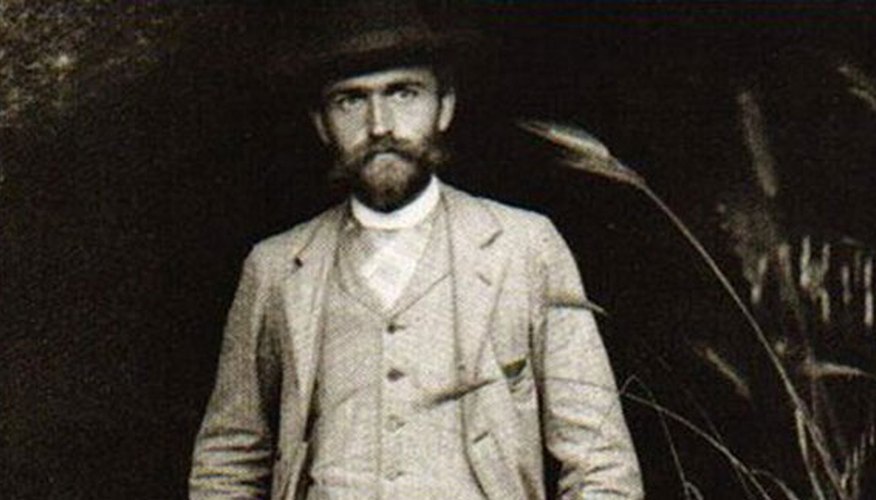Karl Blossfeldt is a German artist, recognised mostly for his detailed photographs of plants. He was one of few artists able to achieve fame in his lifetime although the public only discovered his work a few years before his death. His passion for nature and devotion to art remained constant throughout his life.
- Karl Blossfeldt is a German artist, recognised mostly for his detailed photographs of plants.
Birth
Blossfeldt was born in Germany in 1865. He spent his childhood in the Harz Mountains of central Germany.
Love for Nature
A lifelong devotion to the study of nature became the inspiration for Blossfeldt's artistic endeavours. According to the Encyclopedia of Twentieth-Century Photography, he was once quoted as saying, "The plant never lapses into mere arid functionalism, it fashions and shapes according to logic and suitability, and with its primeval force compels everything to attain the highest artistic form."
Student
Blossfeldt originally studied sculpture and served an apprenticeship in an artistic form of iron casting at the Art Ironworks and Foundry in Magdesprung, Germany. He attended the Institute of Royal Arts Museum in Berlin on a scholarship, where he began collecting plant forms as part of a class project to use as models for a drawing class. These plant forms would eventually become subjects for his photography.
- Blossfeldt originally studied sculpture and served an apprenticeship in an artistic form of iron casting at the Art Ironworks and Foundry in Magdesprung, Germany.
- He attended the Institute of Royal Arts Museum in Berlin on a scholarship, where he began collecting plant forms as part of a class project to use as models for a drawing class.
Marriage
Blossfeldt's first marriage to Maria Plank in 1898 ended in divorce after 12 years. He eventually married again to opera singer Helene Eminem in 1912.
Teaching
Blossfeldt taught art and sculpture at he same school he studied at, the Institute of Royal Arts and Museum, located in Berlin. He remained there until 1930.
Photography
Blossfeldt's passion for nature transcended into his photography, which consists of flowers, buds, pods, stems, seed capsules and other plant materials. Blossfeldt never received formal photography training and used a homemade camera designed to significantly magnify his subjects.
Publication
Blossfeldt was 63 years old when his first book of photographic images, "Urformen der Kunst" was published. The book contained 120 of his original photographs and was released following an exhibition of his work at Berlin's Gallery Nierendorf. His second book, "Wundergarten der Natur" was published in 1932.
Public Reception
The uniqueness of his close-up photography created widespread popularity of his first book, which, according to several sources including the Photography Now website, was well-received by both critics and art enthusiasts.
Artist's View
According to the Encyclopedia of Twentieth Century Photography, Blossfeldt did not foresee his artistry as a photographer but hoped the release of his work would inspire people to look more closely at art. He was quoted as saying, "My flower documents should contribute to restoring the relationship to nature. They should reawaken a sense for nature, point out its teeming richness of form, and prompt the viewer to observe for himself the local plant world."
- Blossfeldt's passion for nature transcended into his photography, which consists of flowers, buds, pods, stems, seed capsules and other plant materials.
- According to the Encyclopedia of Twentieth Century Photography, Blossfeldt did not foresee his artistry as a photographer but hoped the release of his work would inspire people to look more closely at art.
Death
Blossfeldt passed away on December 9, 1932, as a result of a scrotal tumour, which had already spread to his spine causing paralysis.
